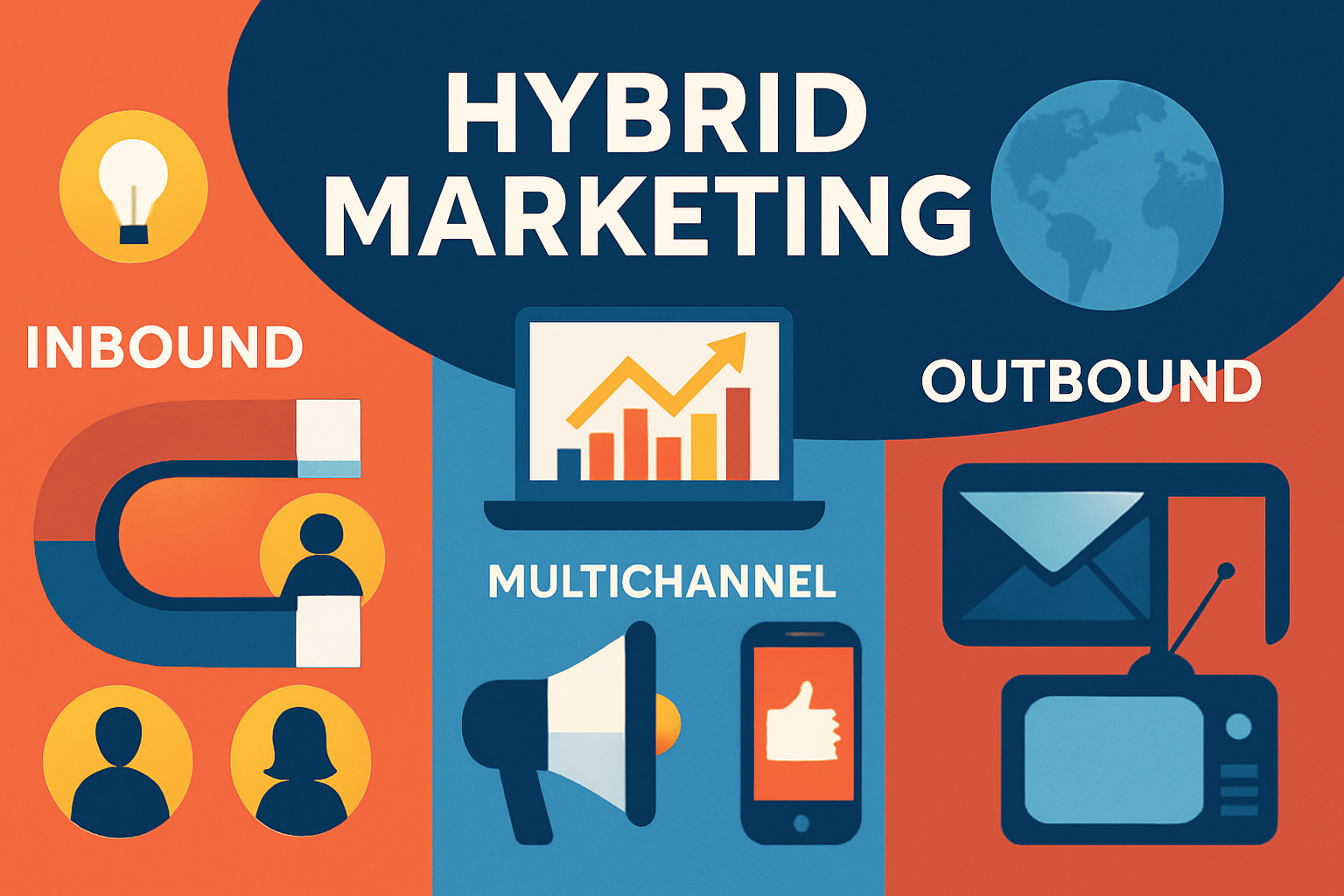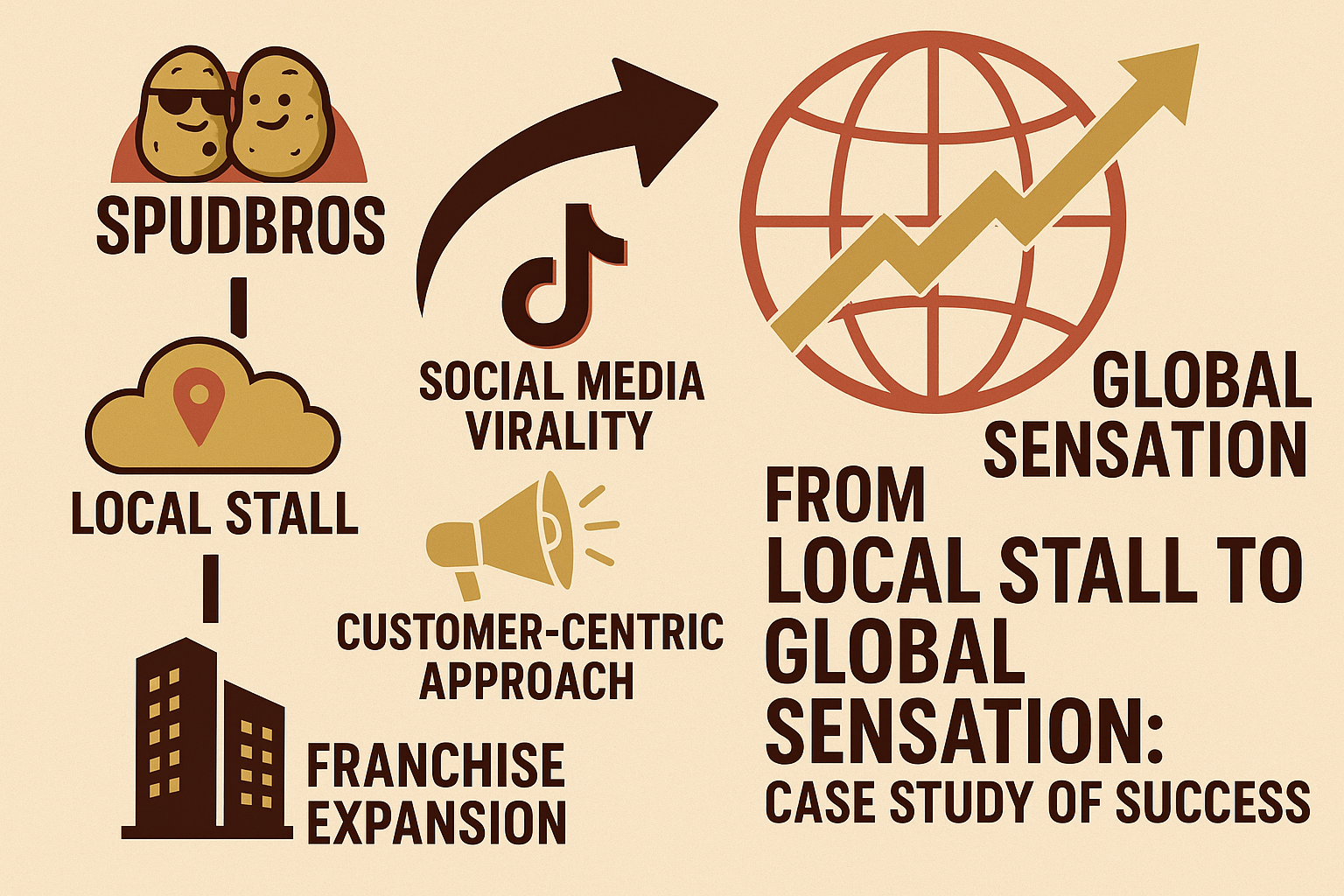Unlocking Entrepreneurial Inspiration: The Power of Brand Storytelling
Introduction
Brand storytelling fuels entrepreneurial inspiration with actionable strategies to craft authentic narratives. And If you are wondering what it is about some brands that makes them so memorable? Those are the ones that always come back to you afterward. The things people remember often go beyond the product to the startup’s unique brand story. If you want to encourage entrepreneurs and build a thriving business, telling your brand story is the best strategy. We’ll now look at how a strongly-told story can encourage entrepreneurship and distinguish your business.
What Is Brand Storytelling Anyway?
Okay, let’s start with the basics. Brand storytelling is all about creating a narrative that showcases your brand’s values, mission, and journey. It’s more than just marketing—it’s the human side of your business. It’s the way you communicate who you are, what you stand for, and why you exist. It’s about weaving a tale that captures hearts and minds, making your audience feel something real and memorable.
Think of Apple. Their story isn’t just about selling tech gadgets; it’s about empowering people to “think different” and challenge the status quo. They’ve built an emotional connection with their audience by aligning their brand with innovation, creativity, and boldness. Every product, campaign, and interaction reflects this narrative, making it a central part of their identity. That’s brand storytelling in action—a relatable and emotional connection that resonates deeply with their audience, transforming customers into loyal advocates and even fans.
Why Your Business Needs Brand Storytelling Right Now
Being in a crowded market means that being excellent in what we do isn’t good enough anymore. To succeed, you need to connect with your audience emotionally and entrepreneurial inspiration through storytelling can help do that. Experts now think stories are about 22 times easier to remember than simple facts. That’s huge!
How to Create Your Brand Story
So, how do you create a story that inspires entrepreneurial magic? Here’s a step-by-step guide that integrates modern trends and viral storytelling techniques:
- Start with Your Why: Why did you start your business? What problem are you solving? This remains your foundation. People want to connect with the purpose behind your brand. Today, this “why” should also reflect societal trends—like sustainability, inclusivity, or innovation—because these resonate deeply with audiences in 2025.
- Be Authentic, Yet Aspirational: Don’t try to be something you’re not—audiences can spot inauthenticity in seconds. But authenticity doesn’t mean you can’t inspire. Balance the raw truth of your journey with a forward-looking vision that excites people about what’s next for you and your brand.
- Leverage Story Structures That Work: Every great story has a beginning, middle, and end, but take inspiration from the most engaging formats today:
- Beginning: Introduce the problem or gap in the market.
- Middle: Share your struggles, your eureka moments, and the steps you took to bring your vision to life.
- End: Showcase your impact. Whether it’s testimonials, data on how you’ve helped others, or a sneak peek of the future, this part should leave your audience inspired and engaged.
- Make It Visual, Interactive, and Shareable: In today’s content-driven world, visuals are non-negotiable, but take it further:
- Use short-form videos on platforms like TikTok and Instagram Reels to tell snippets of your brand story.
- Create interactive elements—like quizzes or AR filters—to invite your audience into your narrative.
- Share behind-the-scenes moments or user-generated content to deepen connection and authenticity.
- Incorporate Social Proof: Use data, testimonials, or collaborations with influencers to validate your story. For example, share metrics like “500,000 lives improved” or partner with well-known figures to amplify your message. Viral stories often hinge on this layer of credibility and relatability.
- Stay Agile: The most effective brand stories are living, breathing things. Adapt your narrative to align with cultural shifts, feedback from your audience, or new developments in your business. Stories that evolve are far more engaging than static ones.
By embedding these practical, modern techniques into your storytelling, you’ll create a narrative that not only captures attention but sparks action and connection.
Getting Started: The Basics of Brand Storytelling
Think about brand storytelling as enjoying a conversation with your best client. You wouldn’t just describe what something can do, would you? Instead, you’d experience the process and successes together, helping the brand seem closer to and understood by your customers.
Step 1: Finding Your Core Story
Here’s a practical exercise to get you started:
1. Grab a piece of paper (or open your notes app)
2. Answer these questions:
○ What problem made you start your business?
○ What was your biggest challenge?
○ What’s the one thing that makes your heart sing about your work?
Step 2: Making It Real (The Implementation Part)
Let’s break this down into actionable steps:
The Story Framework (Keep It Simple!)
1. The Hook: What grabs attention?
2. The Problem: What pain point are you solving?
3. The Journey: How did you figure it out?
4. The Solution: How does your product/service help?
5. The Transformation: What’s the end result?

Practical Storytelling Techniques That Actually Work
1. The Customer Journey Method
Instead of talking about yourself, make your customer the hero. Here’s how:
Your Customer’s Journey Template: – Before (their struggle) – During (discovering your solution) – After (their transformation)
2. Behind-the-Scenes Stories
People love seeing what happens behind the curtain. Share:
• Product development process
• Team meetings
• Customer feedback sessions
• Even the mistakes (yes, really!)
3. Visual Storytelling (Because It Works!)
Here’s something cool: Visual content gets processed 60,000 times faster than text . Use:
• Short videos (30-60 seconds)
• Before/after photos
• Process shots
• Team pictures
4. Story Structure
• Beginning: Introduce your brand’s origin.
• Middle: Highlight challenges and how you overcame them.
• End: Showcase your success and future aspirations.(Inkbot Design, business.com)
Real Stories That Inspire
Let’s look at a couple of real-life examples:
• Patagonia: Other than clothes, this brand focuses on saving the environment. Though its “Don’t Buy This Jacket” campaign was simple, it encouraged buyers to consider the environment before buying anything. Because of this clear and meaningful story, people trusted them and their business grew.
• Spanx: Sara Blakely formed her business without a business degree or a big budget. She had an issue to handle and lots of determination. Anyone who has ever had a dream can relate to the story of her cutting the feet off her pantyhose to get the idea started.
Where to Use Your Brand Story
Here’s the thing: your story isn’t just for your About Us page. Use it everywhere!
• Social Media: Platforms like Instagram and LinkedIn are perfect for bite-sized stories.
• Marketing Campaigns: Center your ads around your narrative.
• Pitch Decks: Investors want to know your story as much as your numbers.
• Customer Interactions: Train your team to weave your story into conversations.
The Future of Brand Storytelling
Storytelling is constantly evolving. Here’s what to watch for in 2025 and beyond:
• AI-Powered Storytelling: Tools like ChatGPT are helping brands craft personalized narratives.
• Interactive Stories: Think augmented reality experiences that let users become part of your brand’s story.
• Sustainability Narratives: Customers are drawn to brands that are transparent about their environmental impact.
Final Thoughts
At the end of the day, brand storytelling isn’t just a marketing strategy; it’s a way to connect with people on a human level. Whether you’re a startup or an established business, your story has the power to inspire and ignite entrepreneurial dreams. So, what’s your story? Share it with the world and watch the magic happen.



















